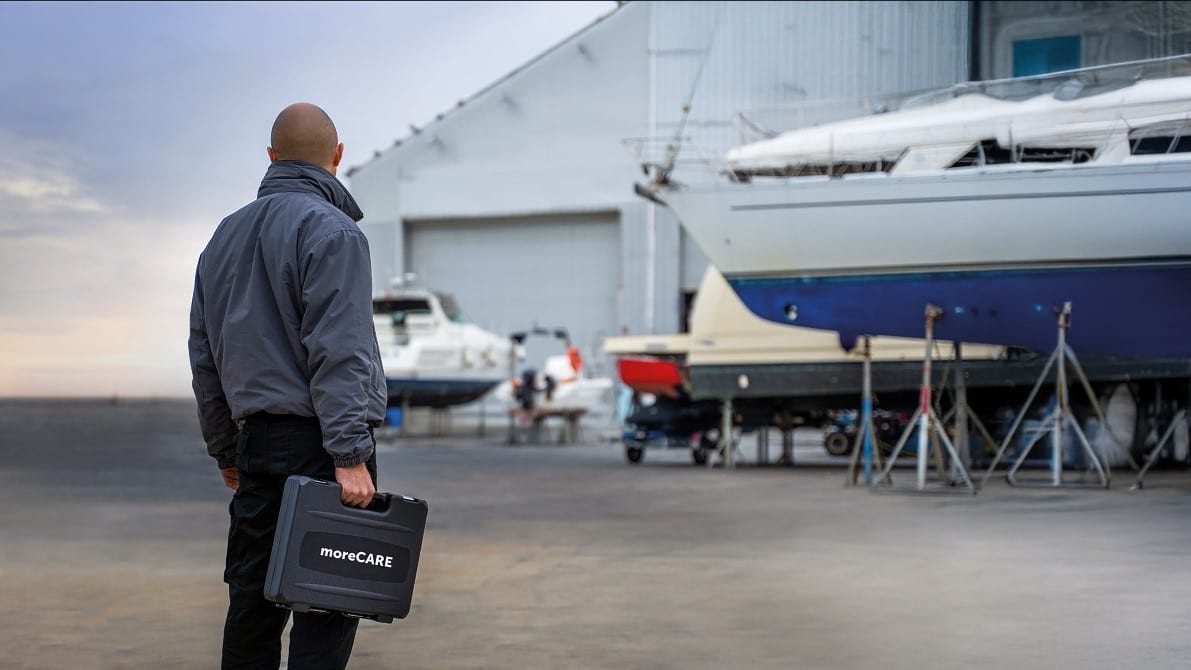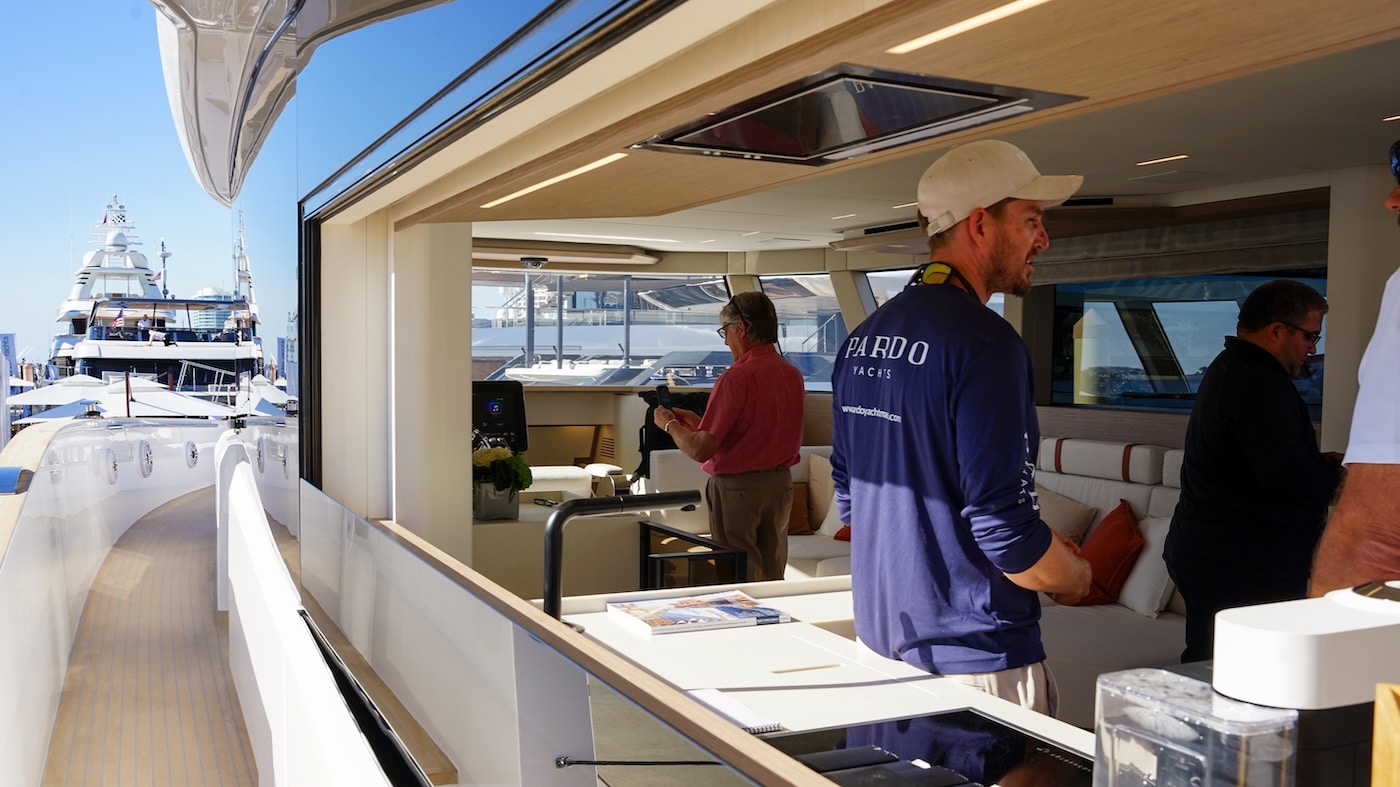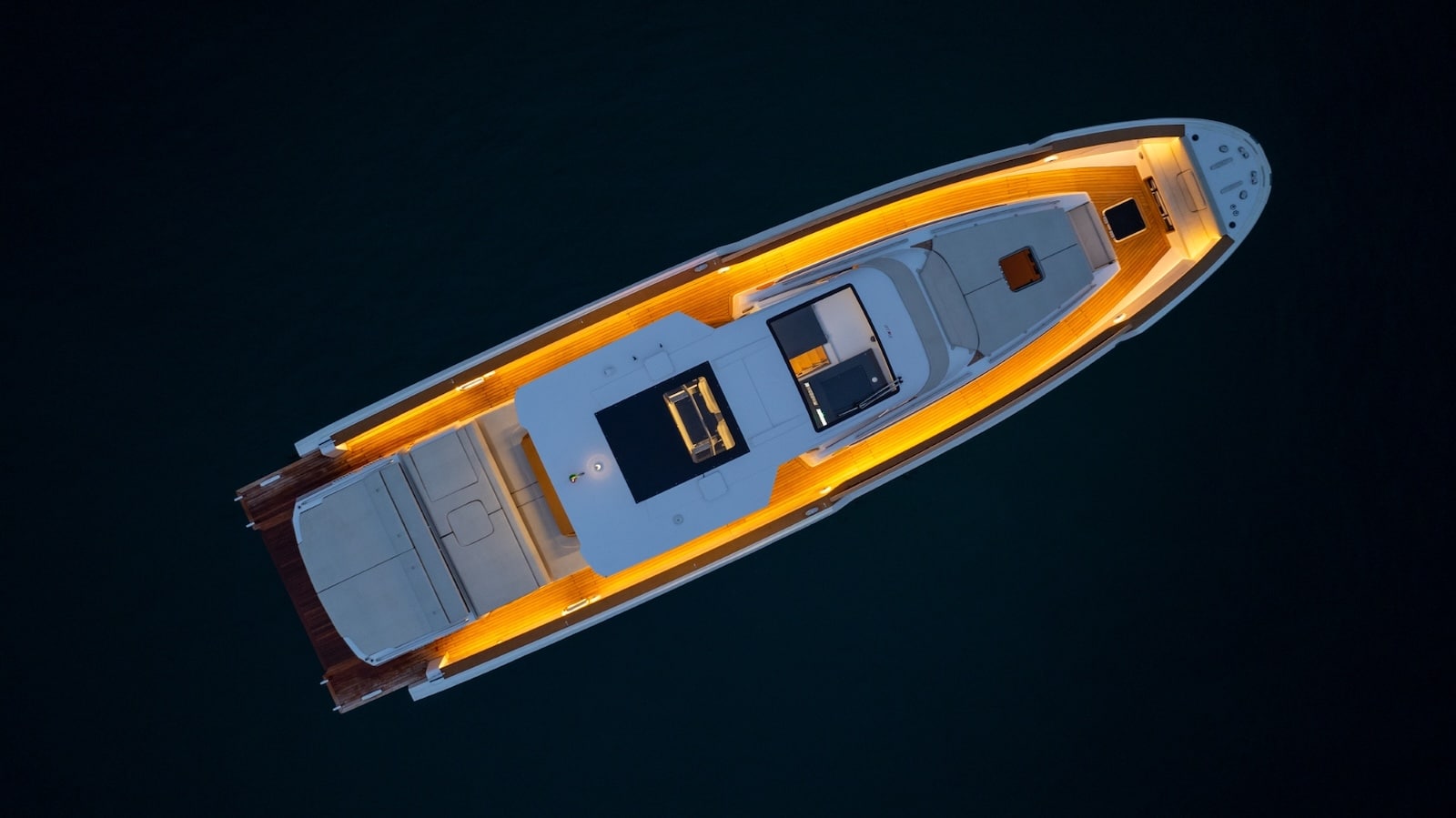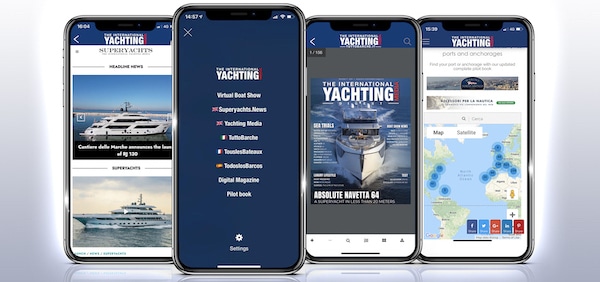Is it forbidden to enter the port and berth under sail? The navigation code doesn’t seem to have a specific rule banning it explicitly. But in practice, because of a series of ordinances adopted by all ports, entering and coming alongside under sail is forbidden everywhere.
Given the reduced room for manouevre in the ports and marinas, heavy traffic and the average yachtsman’s poor ability in manoeuvring under sail, we’re dealing with an acceptable security measure.
Yet, it might occur that, in case of emergency, yachtsmen are required to use all their ability and steer under sail to get out of trouble. For example, if our boat engine fails before entering the port, we have all the time to use sails and get away before finding a solution, included that, often costly even from a bureaucratic point of view in case of a sea rescue, to ask for a towing. But the engine can ditch us even at the last minute or it might occur that we are not allowed to receive any assistance.
In practice, what we have to do is to transfer in a berthing manoeuvre, albeit with very reduced margins of error, the techniques learned during our buoy mooring drills. What we are going to show below are three simple situations which might occur when we have a side berthing.
As is always the case, the schemes are subject to different variables, such as: fresh way, wind intensity, distances; all things which can make the manoeuvre more difficult and that stress the importance of taking time to basic manouevres under sail – buoy mooring, man overboard, anchorages under sail – also for safety reasons.
When wind blows from the quay
This case is very similar to buoy mooring; the difference is that what we face is a cement wall, so we’d better to be careful, bear up and re-do the manoeuvre.
We have to approach the quay close-hauled, by adjusting the angle according to the necessary distance to reduce our fresh way. In this phase, we can adjust the speed by blanketing jib and mainsail until we decide to head to wind in order to reduce our speed and stop the boat with the bow very close to the quay.
Before heading to wind, the jib should be furled or hauled down in order to free the bow and allow the person who will throw the rope or jump into the quay to work free from dangers or encumbrances.
Once the bow is secured, we can warp our boat and have a side berthing by passing a rope from the stern.
When wind is parallel to the quay
When wind is parallel to the quay’s direction, we have to approach close-hauled with a narrower angle. If we have lot of room along the dock, the manoeuvre will be easier than the previous one since we’ll have more room to reduce our fresh way once we head to wind. In this case, too, while approaching the quay, we can adjust the speed by hauling and easing sails in order to increase or reduce power until we need to furl or haul down the jib in order to free the bow before heading to wind.
Like in a manoeuvre under power but with more precisely since we can’t reverse, we must try to keep an angle that will enable us to haul the wind and stop in the berth where we’ve decided to moor. Given that we can’t stop the boat immediately, we need to know our boat well and calculate our fresh way.
Once the bow is about one metre from the quay, we can haul the wind so that both the mainsail and jib flap and contribute to stop the boat. When the boat is almost stationary, a member of the crew can throw a rope or jump into the quay, fix the bow mooring rope and reach the stern to receive the second one.
When wind is at an angle compared to the quay
In this case, our approaching will be almost perpendicular to the quay in order to sail close-hauled.
The procedure is the same than the two previous examples but we have to pay particular attention to our distance from the quay since we will head to wind with our boat at an angle compared to the quay. After heading to wind, the ideal would be to keep a little fresh way in order to steer under tiller and be parallel to the berth after throwing a rope to the quay. The action of the wind will tend to distance our boat away from the quay; consequently, the person on the quay will have an essential role: he will have to fix the bow mooring rope fast and receive the stern one in order to warp the boat.





























One Response
Well, I find it an interesting article. However, looking at the available space inside a harbor and the quite dense traffic, it might get tricky or even impossible to make any manoeuvering under sails. So, if you have poor ability in manoeuvering it is probably best to drop-down your dinghy and to tow your boat with the dinghy. This will will save you the money for the towing and will make it 100 times safer rather than ramming other boats or even damaging yours.